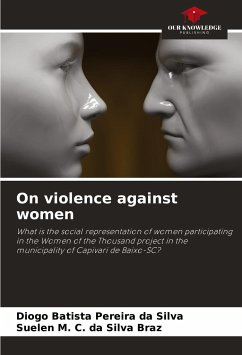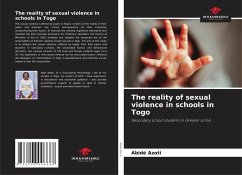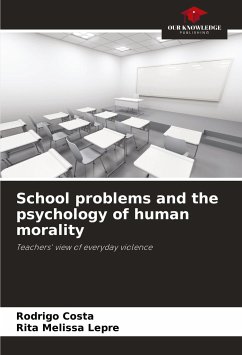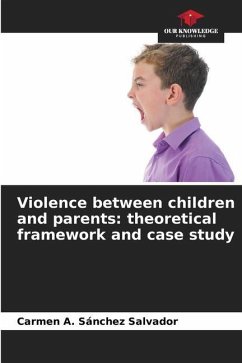
Violence and its impact.
Domestic violence and its impact on child and adolescent mental health.
Versandkostenfrei!
Versandfertig in 6-10 Tagen
40,99 €
inkl. MwSt.

PAYBACK Punkte
20 °P sammeln!
Humans seem to learn certain aggressive behaviors easily, and humans have also demonstrated a capacity to learn nonviolent methods of response, although human societies in which violence is totally absent are an exception. The incidence of violent behavior has been experimentally manipulated both through conditioning and through modeling; of the two, modeling is perhaps the more powerful mode of learning, since a significant positive correlation has been found between the use of violence in punishment and aggressive behavior, at least in adolescent boys. Presumably the child is more influenced...
Humans seem to learn certain aggressive behaviors easily, and humans have also demonstrated a capacity to learn nonviolent methods of response, although human societies in which violence is totally absent are an exception. The incidence of violent behavior has been experimentally manipulated both through conditioning and through modeling; of the two, modeling is perhaps the more powerful mode of learning, since a significant positive correlation has been found between the use of violence in punishment and aggressive behavior, at least in adolescent boys. Presumably the child is more influenced by the violent behavior of the parents (model) than by the punishment (negative reinforcement).A descriptive observational study, cross-sectional, was conducted with the aim of characterizing the behavior of intrafamily violence and its impact on the mental health of children and adolescents, during the period from September 2012 to April 2013.












